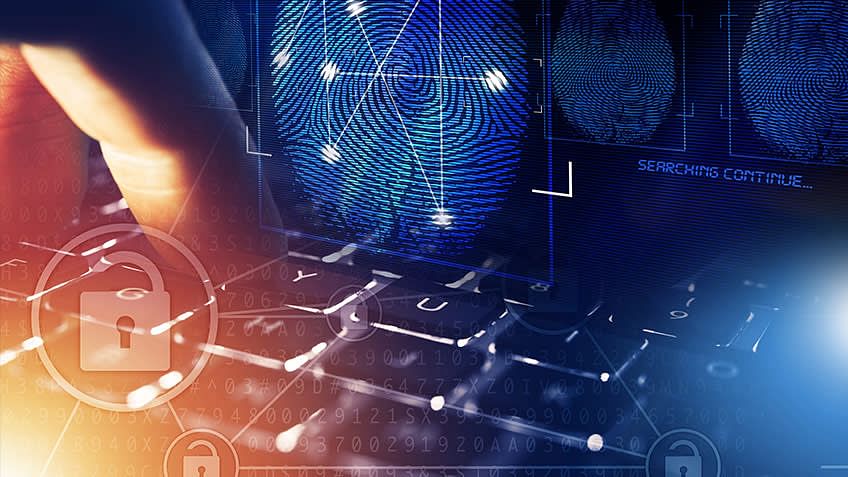Introduction
Computer forensics is a branch of forensic science that involves the collection, analysis, and preservation of digital evidence from computers and other digital devices. It is used to investigate a wide range of crimes, including cybercrime, financial crime, and corporate espionage. Computer forensics can also be used to recover lost data or to investigate computer-related incidents, such as data breaches and malware infections.
How Computer Forensics Works
The computer forensics process typically involves the following steps:
- Acquisition: The first step is to acquire a copy of the digital evidence. This can be done by creating a disk image of the computer’s hard drive or by copying individual files or folders.
- Analysis: Once the evidence has been acquired, it is analyzed using specialized software tools. This analysis can reveal a wide range of information, such as deleted files, internet browsing history, and email communications.
- Reporting: The final step is to generate a report that documents the findings of the analysis. This report can be used as evidence in court or to help organizations understand the scope and impact of a data breach or other incident.
Uses of Computer Forensics
Computer forensics is used in a variety of settings, including:
- Law enforcement: Computer forensics is used by law enforcement agencies to investigate cybercrime, such as hacking, malware attacks, and online fraud.
- Businesses: Businesses use computer forensics to investigate internal fraud, data breaches, and other computer-related incidents.
- Military and intelligence: The military and intelligence agencies use computer forensics to investigate cyber espionage, cyberwarfare, and other national security threats.
- Individuals: Individuals may use computer forensics to recover lost data or to investigate computer-related incidents, such as malware infections.
Benefits of Computer Forensics
Computer forensics offers a number of benefits, including:
- Evidence preservation: Computer forensics can help to preserve digital evidence in a way that is admissible in court.
- Data recovery: Computer forensics can be used to recover lost data from computers and other digital devices.
- Incident investigation: Computer forensics can be used to investigate computer-related incidents, such as data breaches and malware infections.
- Cybercrime prevention: Computer forensics can be used to gather evidence of cybercrime, which can be used to prosecute criminals and prevent future attacks.
Conclusion
Computer forensics is a powerful tool that can be used to investigate a wide range of crimes and incidents. It is an essential part of the fight against cybercrime and other computer-related threats.

